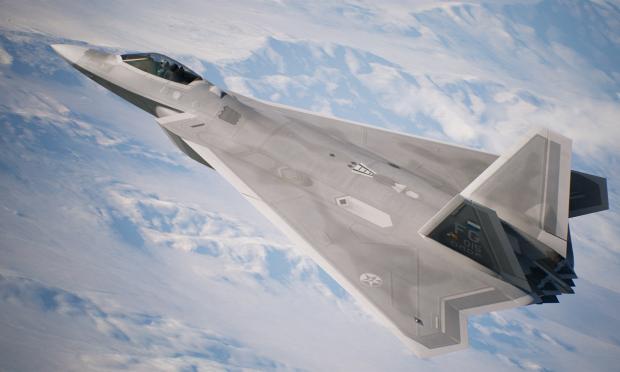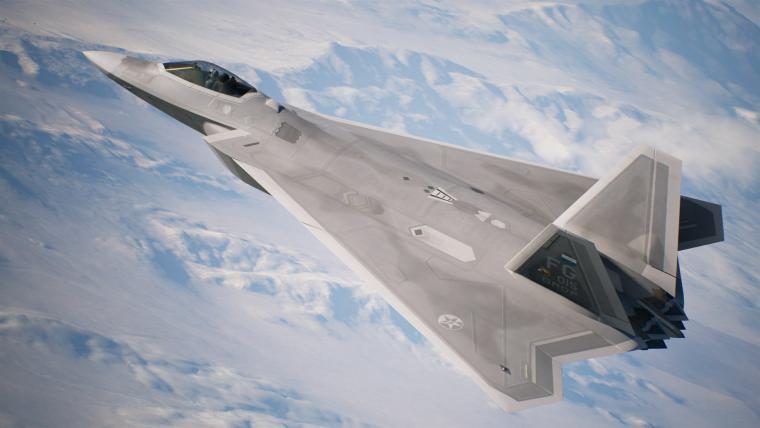In 2001, right after the beginning of the F-22 program, Lockheed Martin started developing a bomber version of the Raptor. The development wanted to take advantage of the advanced capabilities of the F-22. Such production would be much faster than developing a brand-new bomber design. Theoretically, the aircraft would be two seats, hypersonic and stealth bomber. In this specific period, the US Air Force wanted 150 FB-22s, 60 B-1 Lancers, 21 B-2 Spirits and 381 Raptors. The program was so ambitious, that it was expected FB-22 to perform better than the B-2 Spirit stealth bomber.
The Strike Raptor had more than 80& of the parts of the Raptor and featured almost the same stealth technology. However, it was proven incapable of performing as a bomber due to its limited range and payload. Although, with changes in its wings and its design, Lockheed Martin achieved to create a final aircraft with a range of 2,570km, with available extension up to 3,380km with external fuel tank. In stealth mode the aircraft could carry 6.8t of payload and 13.6t could be carrier in non-stealth mode.
However, in 2008 the program was canceled ultimately as the US Air Force wanted more bombers with better range and payload than the FB-22. They also believed that such aircraft wouldn't have any competition because no other nation deployed such advanced bombers. Later, Northrop Grumman was appointed to develop the successor of the B-2 Spirit bomber!





